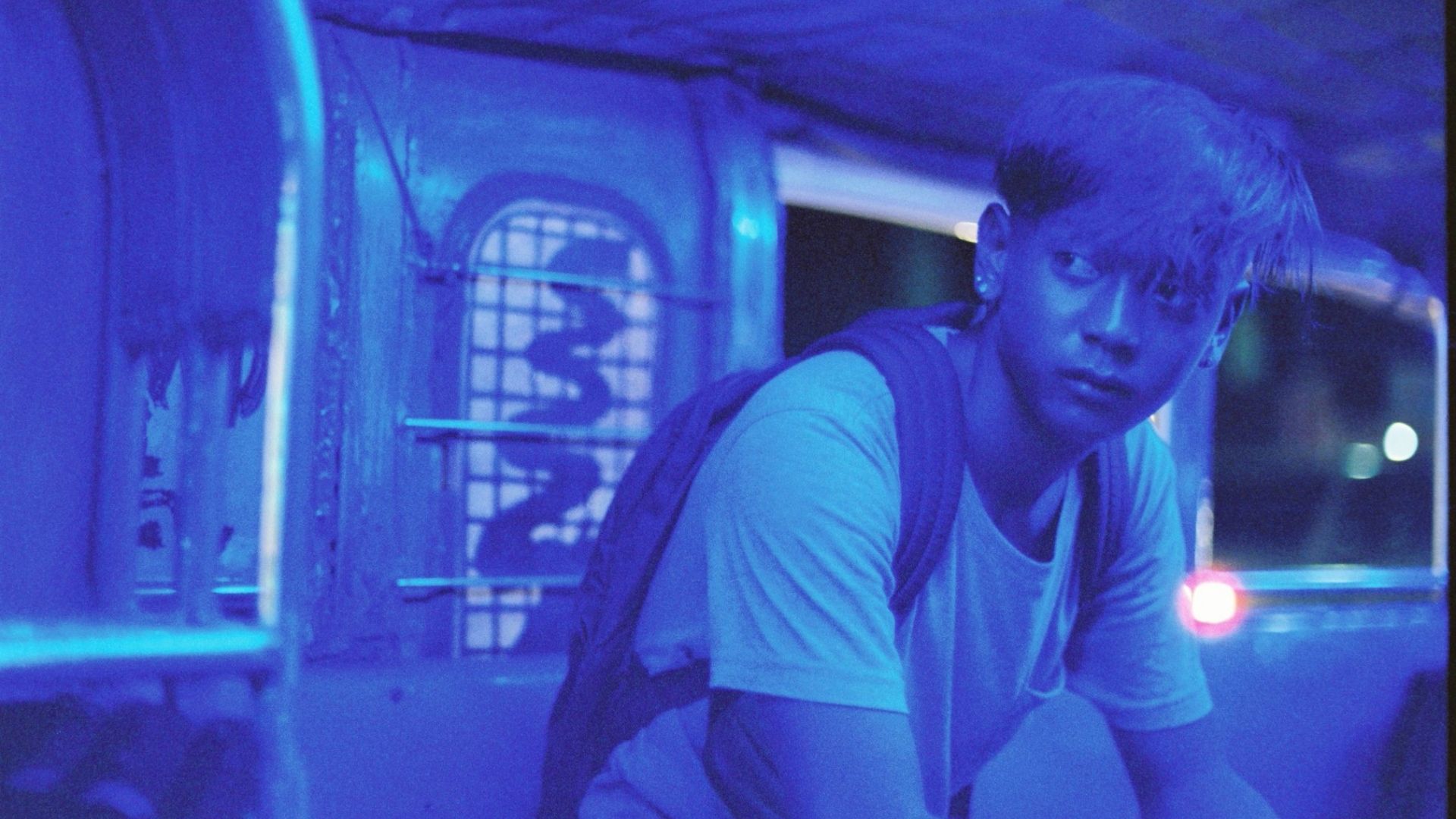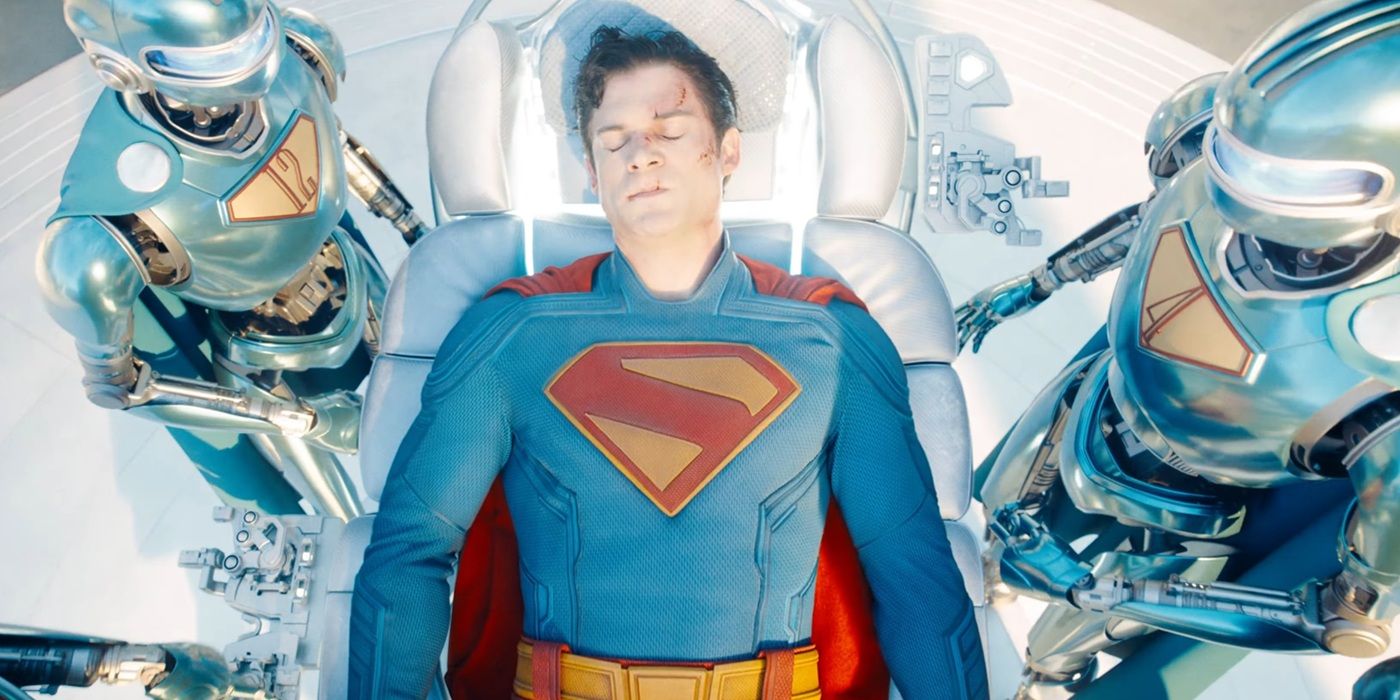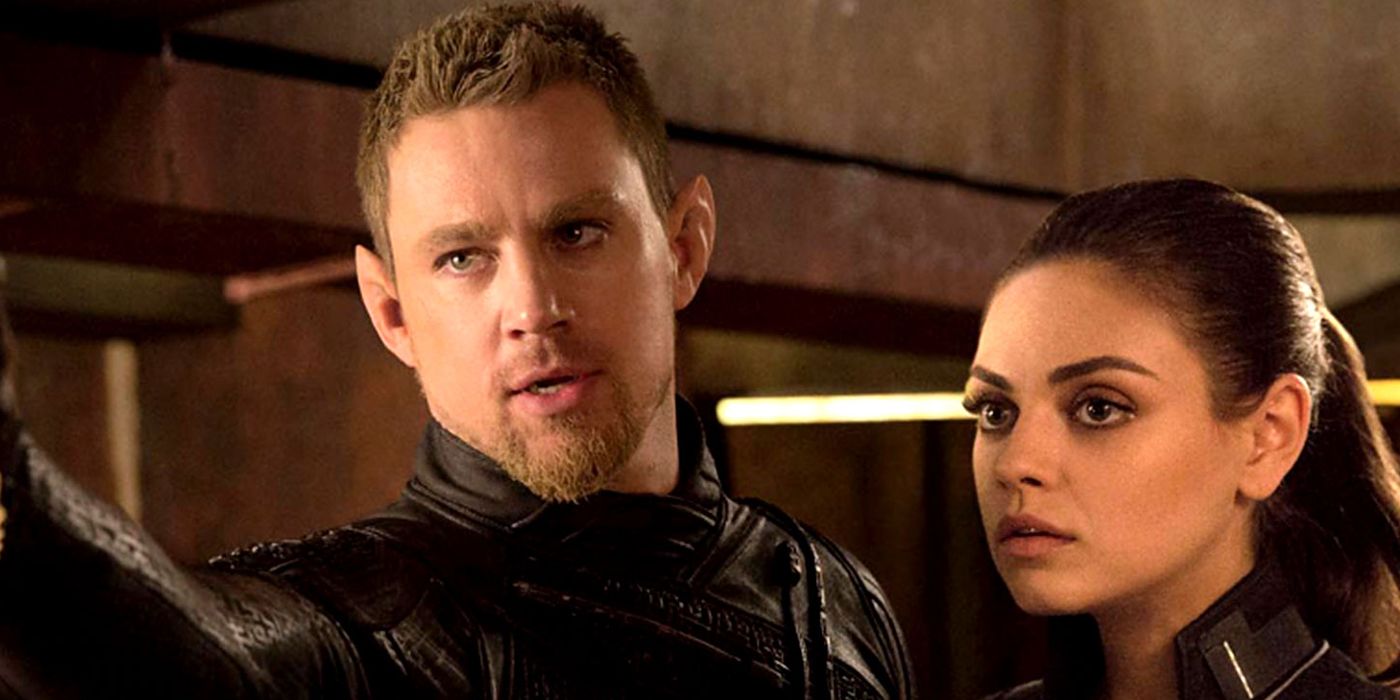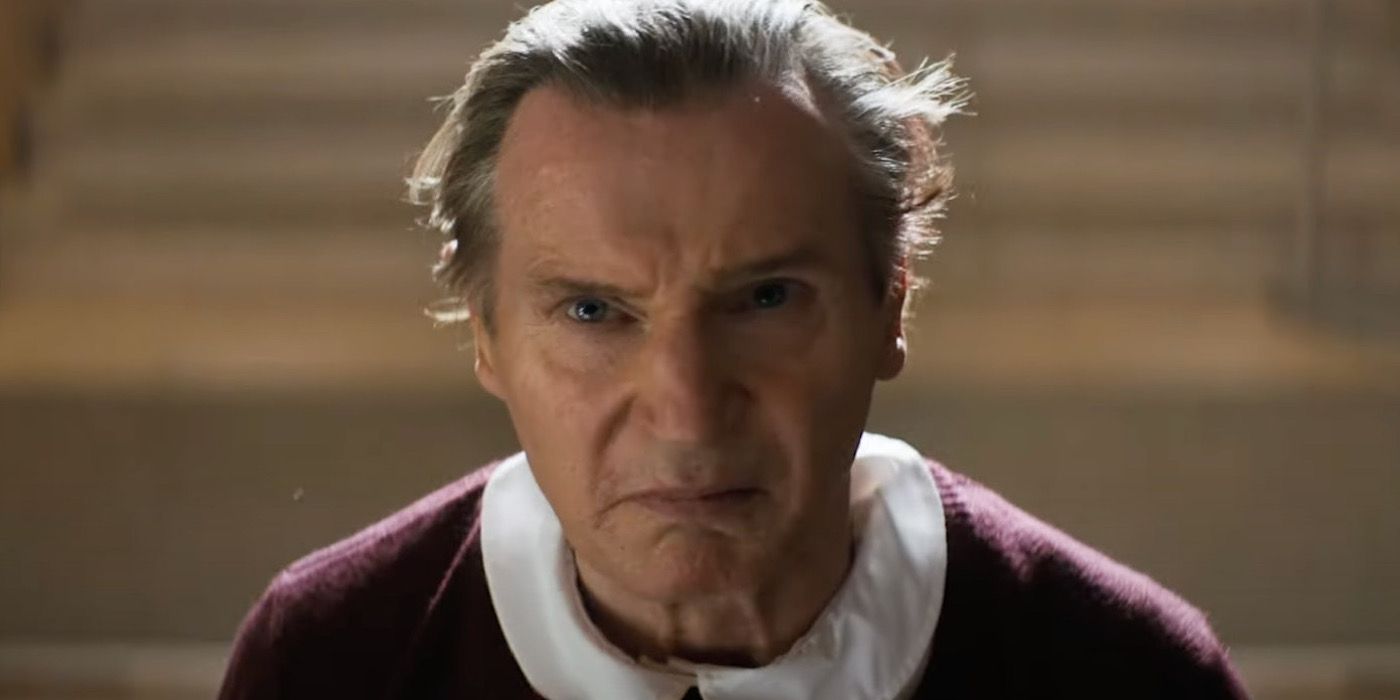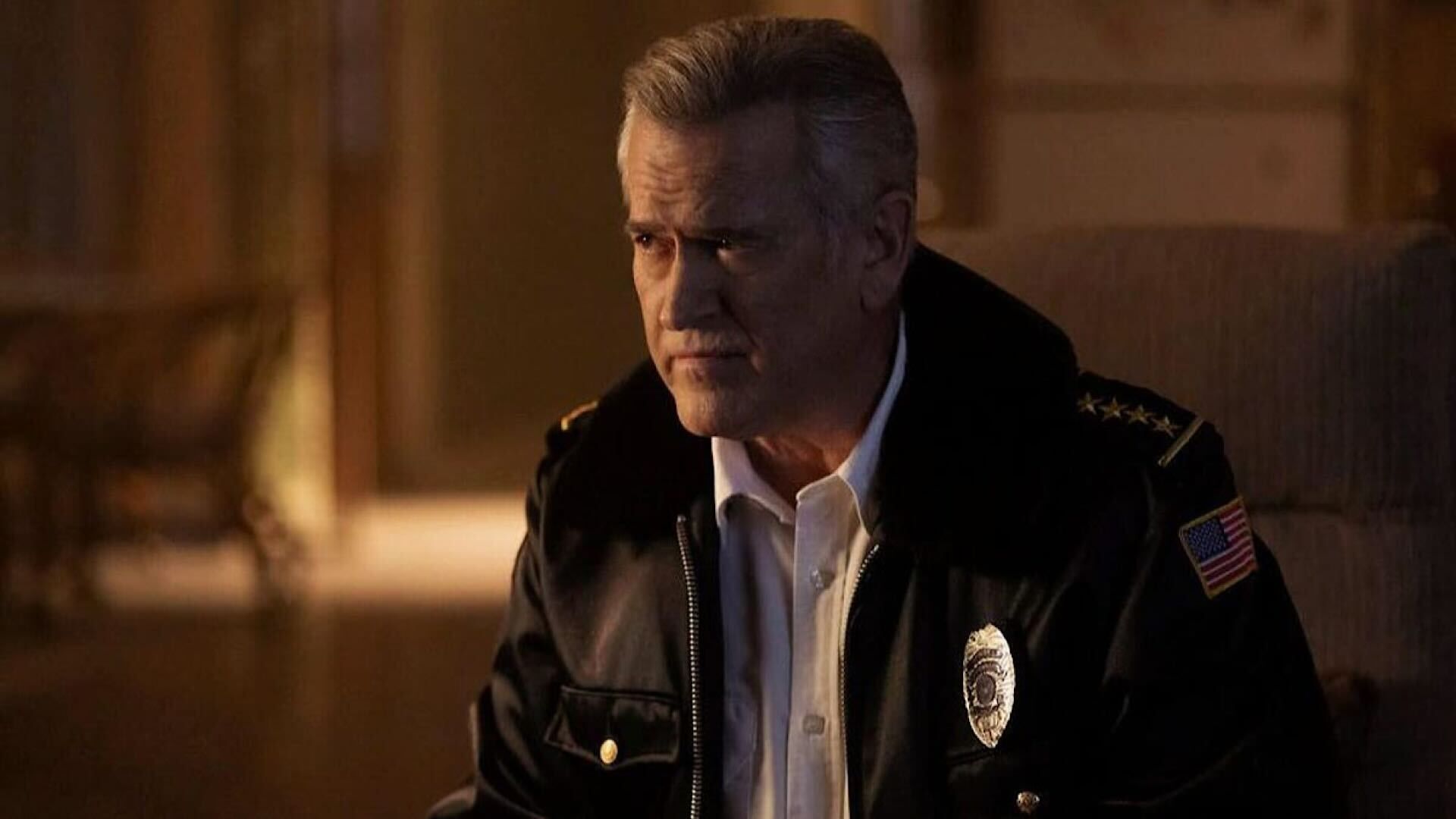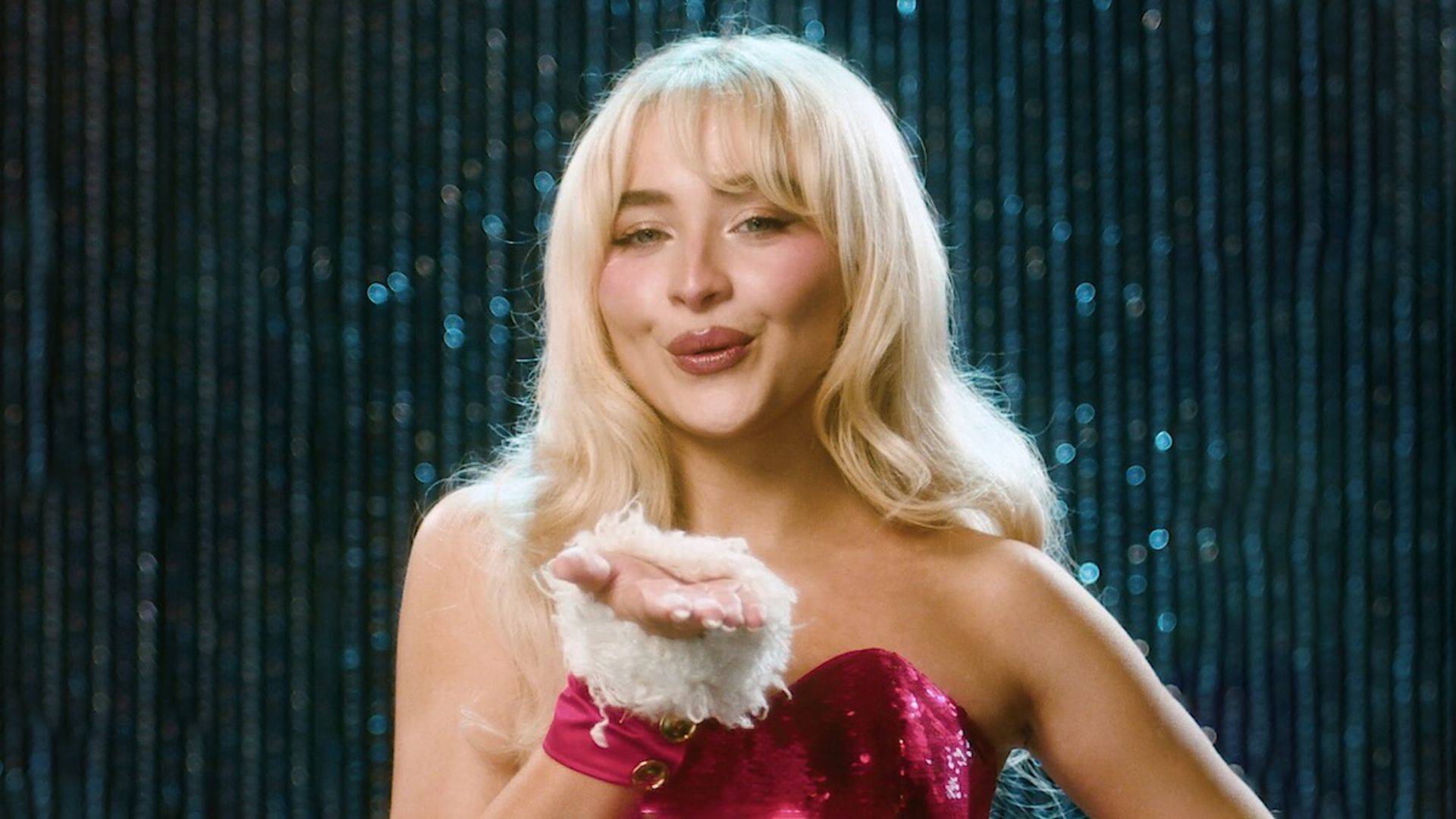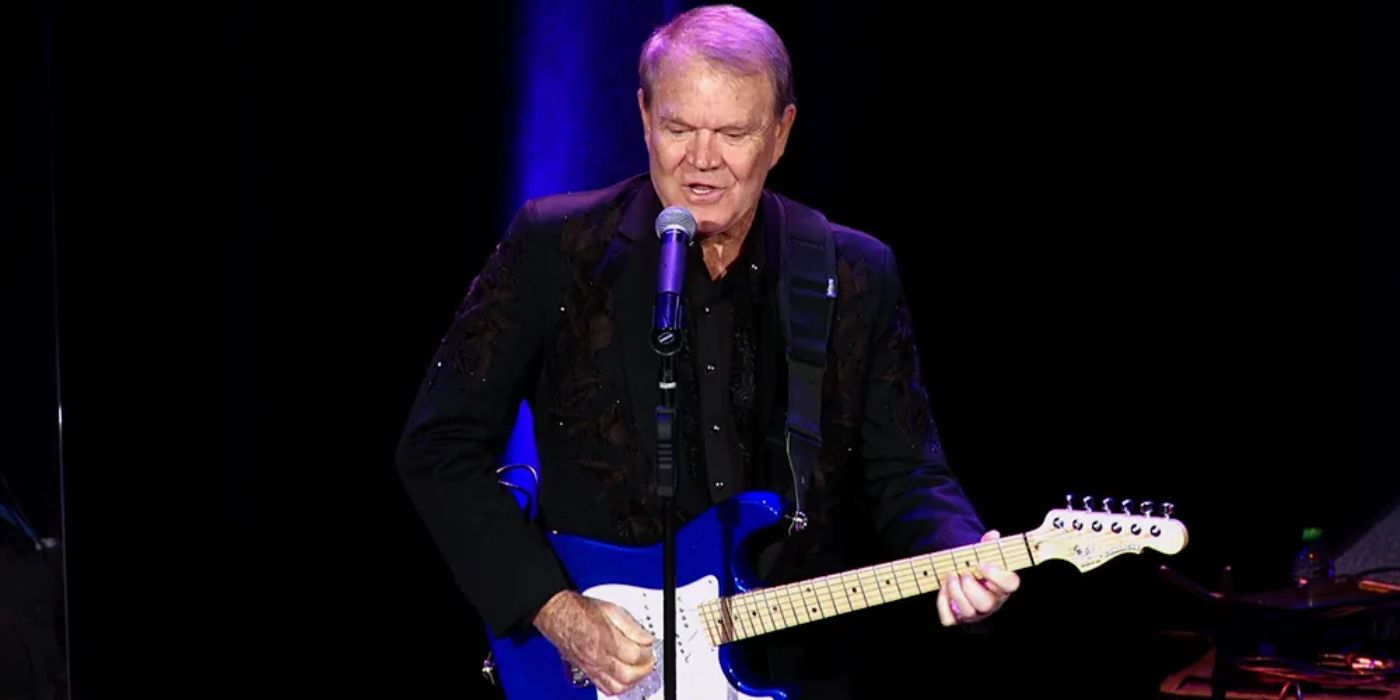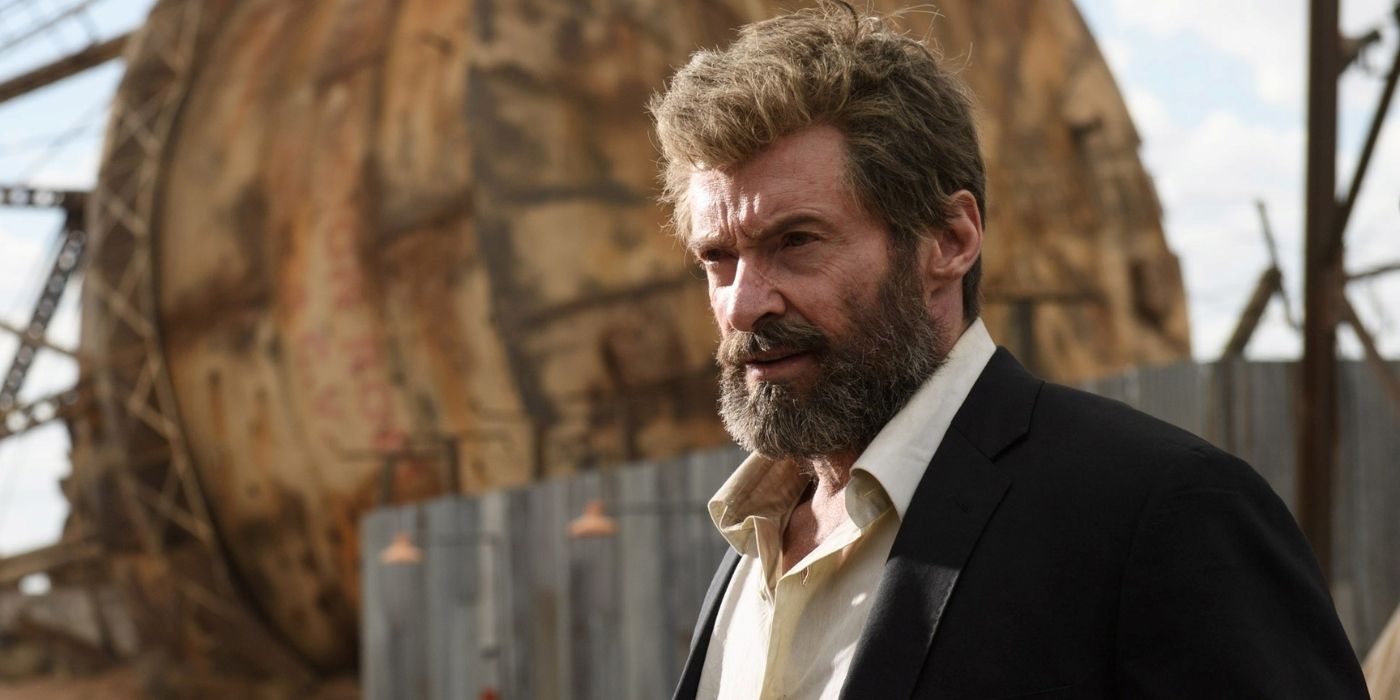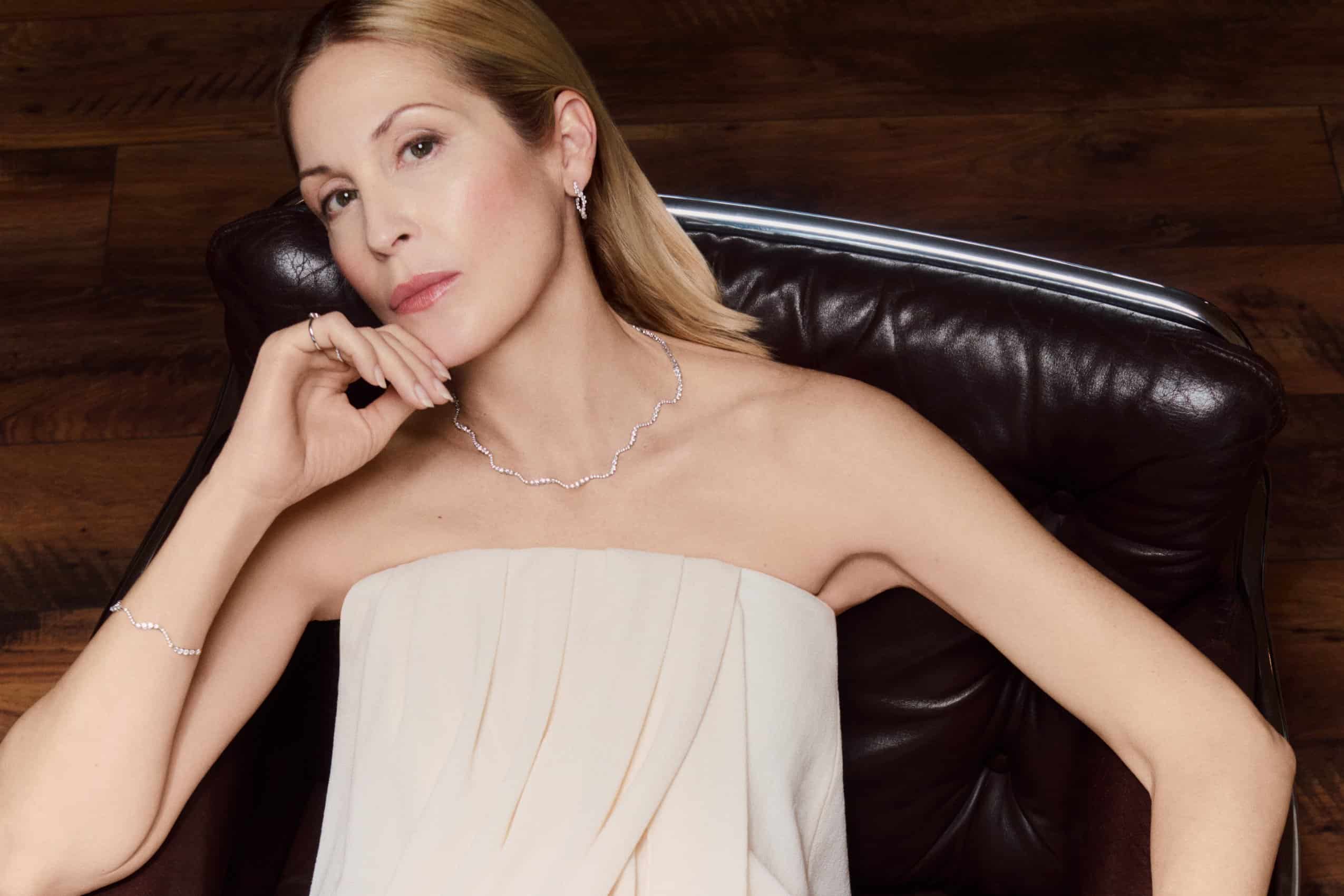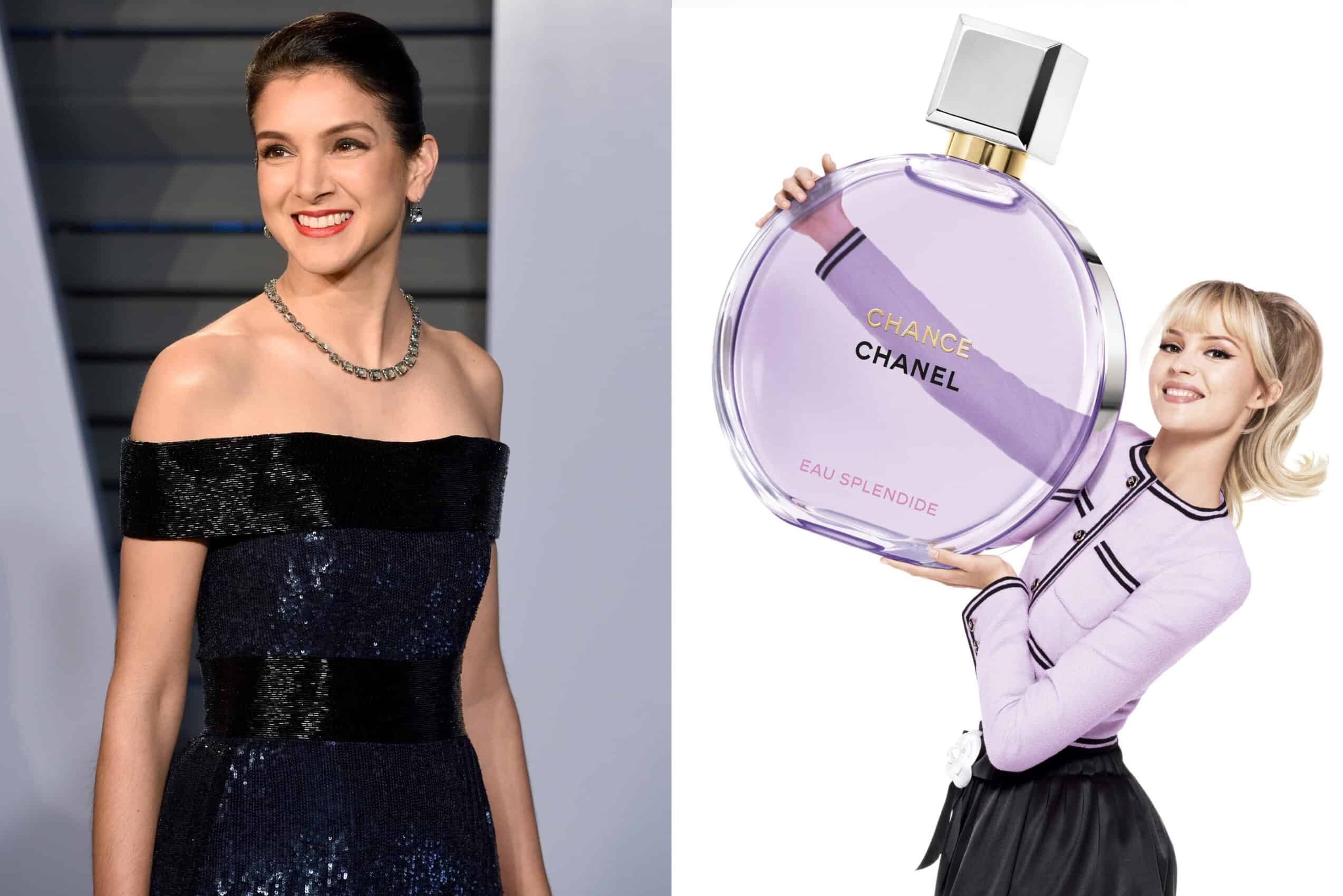This is Denis’ third collaboration with Binoche (“Let the Sunshine In” and “High Life“), and here she has teamed up again with Christine Angot (who co-wrote “Let the Sunshine In”) to craft a script out of Angot’s 2018 novel Un Tournant de la vie. Angot’s novel is mostly dialogue, which is reflected in the “talky” screenplay, where the language is finely wrought and intricately observed, spiked with indirection, avoidance, and blatant lying (to each other, and to themselves). When the truth comes out, it bursts forth messily after being trapped so long in a container. “Both Sides of the Blade” has had multiple titles in its production history (it is still listed as “Fire” on IMDb), but the final version came from a song by Tindersticks (who did the moody score). The original French title has a certain blunt panache: “Avec Amour et Acharnement”: “With Love and Relentlessness,” but when Denis heard “Both Sides of the Blade” during the editing process, she thought it most appropriate for this story of passion’s sharpness and danger.
Seen in the opening sequences, floating together in a blue ocean, Sara (Juliette Binoche) and Jean (Vincent Lindon) are not just a happy couple. They are a blissfully contented and satiated couple. Too good to be true? Denis does not undercut the bliss with foreshadowing. She presents it straight. She presents everything straight. There is no exposition, since human beings don’t go around providing exposition to people who already know the story. We have to piece together what happened.
Sara is the host of a radio show, where she interviews serious people about serious subjects, war, racism, global politics. Jean is out of work, finding it difficult to get past the barriers in place due to his criminal history and past prison term (for a crime never disclosed). He makes the rounds of employment agencies, while fielding constant phone calls from his mother (Bulle Ogier). Jean’s son from a previous marriage, Marcus (Issa Perica), lives with his grandmother and things are not going well. The day after Sara and Jean come back from vacation, she gets a glimpse of a man on the street, and she stops dead in her tracks, stricken. He is François (Grégoire Colin), an old friend of both Sara’s and Jean’s, and Sara’s former flame.
Sara is completely undone by this one glance. It opens up an abyss in her life, an abyss that didn’t seem to exist only a day before. Who François is—and what happened between them—is revealed in a riveting conversation between Sara and Jean, when she tells him she saw François on the street. She’s overtly casual about it, but Jean is immediately alert to the crackling undercurrent. From then on, nothing is the same.
This is the stuff of Sirk-ian melodrama, where “the problems of three little people” definitely amount to “a hill of beans.” “Both Sides of the Blade” is a romance, a love triangle, a marriage drama, an infidelity narrative, all familiar ground, but Denis’ approach is her own. The characters exist in airtight bell jars—together, and then separately—making connection nearly impossible. The film is inside that bell jar, often breathlessly claustrophobic in its focus. Denis, and her cinematographer Éric Gautier, don’t give us a break from these people. The camera is right up in the faces of Binoche and Lindon, drinking in every pause, every tiny shift of mood or feeling, the camera almost an intrusion, a Grand Inquisitor.
You can view the original article HERE.


